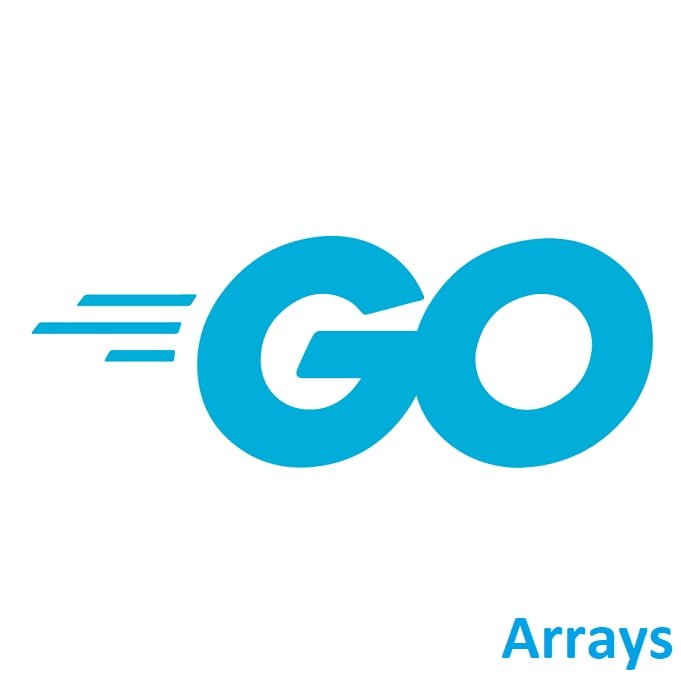
Unlocking Efficiency with Lightweight Concurrent Operations!
Welcome to the world of Golang! Goroutines are a fundamental feature of the Go programming language that allows concurrent execution of code. They are lightweight, user-level threads that make it easy to write concurrent programs. Goroutines enable you to perform tasks concurrently, which can lead to more efficient and responsive applications.
Here are some key points to understand about Goroutines in Go:
Goroutine Creation
You can create a Goroutine by using the go keyword followed by a function call or function literal. For example:
go func() {
// Code to run concurrently
}()
Concurrency vs. Parallelism
Goroutines enable concurrency, not necessarily parallelism. Concurrency is about managing multiple tasks that may not run simultaneously but can be interleaved efficiently. Parallelism, on the other hand, involves executing tasks simultaneously using multiple CPU cores. Go’s runtime scheduler (the “goroutine scheduler”) manages Goroutines efficiently across available CPU cores to achieve parallelism when possible.
Goroutine Overhead
Goroutines are lightweight compared to traditional threads provided by operating systems. They have relatively low overhead, and it’s common to have thousands or even millions of Goroutines in a single Go program.
Communication
Goroutines can communicate with each other using channels. Channels are a built-in mechanism for safely passing data between Goroutines. They facilitate synchronization and coordination between Goroutines.
For Example:
// Create a channel for communication
ch := make(chan int)
go func() {
// Send data to the channel
ch <- 42
}()
// Receive data from the channel
data := <-ch
Concurrency Patterns
Goroutines are commonly used to implement various concurrency patterns such as producer-consumer, worker pools, and parallel processing. Go’s standard library provides many tools and primitives for building concurrent applications.
Concurrency Safety
Go encourages safe concurrent programming by using the concept of “share memory by communicating.” This approach reduces the need for explicit locks and helps prevent common concurrency bugs like race conditions.
GOMAXPROCS
You can control the number of CPU cores available for Goroutines by setting the GOMAXPROCS environment variable or using the runtime.GOMAXPROCS function. By default, Go will utilize all available CPU cores.
Golang Code Example
Here’s a complete example of using Goroutines in Go:
package main
import (
"fmt"
"sync"
)
func printNumbers() {
for i := 1; i <= 5; i++ {
fmt.Printf("%d ", i)
}
}
func printLetters() {
for char := 'a'; char <= 'e'; char++ {
fmt.Printf("%c ", char)
}
}
func main() {
var wg sync.WaitGroup
wg.Add(2)
go func() {
defer wg.Done()
printNumbers()
}()
go func() {
defer wg.Done()
printLetters()
}()
wg.Wait()
}
In this example, two Goroutines are used to print numbers and letters concurrently. The sync.WaitGroup is used to wait for both Goroutines to finish before exiting the main function.
Conclusion
Goroutines are a powerful feature of Go that makes it well-suited for developing concurrent and parallel applications with ease. Armed with a solid understanding of goroutines and their management, you’re empowered to build scalable, responsive, and high-performance applications in Golang.
That’s All Folks!
You can find all of our Golang guides here: A Comprehensive Guide to Golang





